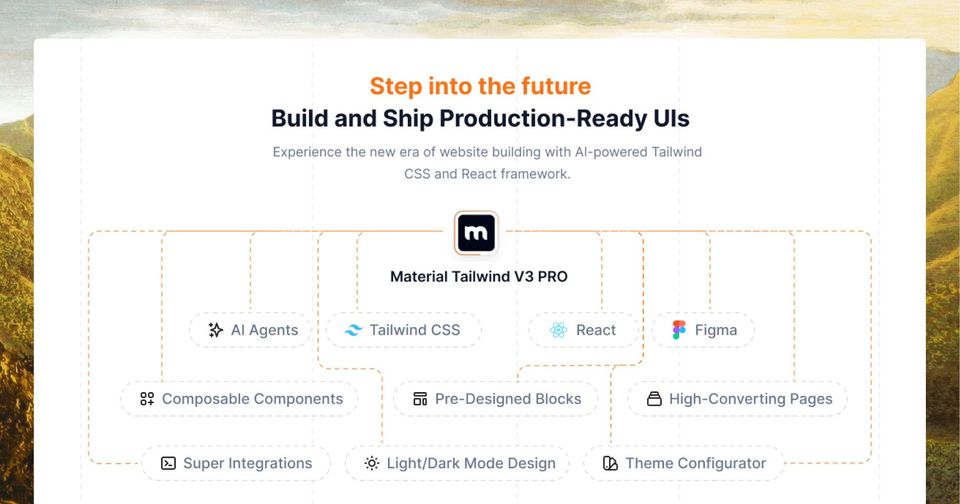It’s no secret that AI and machine learning are carving out a place for themselves in the modern workplace. From using AI to conduct legal research to training machine learning models to help with customer service, the tech is undoubtedly useful.
But what about chatbots?
Without spoiling the rest of this article, they’re similarly great for businesses. Chatbots let you get more done in less time, while helping you be there for your site visitors and loyal customers--but more on that shortly.
We’ll be going through a step by step guide detailing how to build a chatbot and get it set up on your website, after running through the top reasons why it’s important to do so.
Why build a chatbot?
The first order of business is to outline the top reasons why building a chatbot in the first place is such a good idea. Here’s a quick summary of what chatbots let you do.
- Connect with more customers
Picture this: a customer wants to get in touch with your company, but isn’t sure how to do it. They go to your website, and are immediately greeted with a friendly and helpful bot that can answer all their questions.
That customer would be left with a very positive impression of your brand, and for good reason.
They don’t even have to know your virtual phone number, or where to find it, because chatbots empower customers to connect meaningfully with your brand at the click of a button.
- Save time
A chatbot can pull up answers to questions in the blink of an eye. It can also field all kinds of questions, ensuring that only the most difficult or complex ones make it through to a human customer service representative.
The end result? Time saved for both you and your customers.
- Round-the-clock availability
Chatbots don’t need to take breaks or be activated repeatedly. That means you can have them be fully operational even during periods when your hosted call center is closed, such as at night or over holiday periods.
This lets you remain fully available to your customers at all times. Even if someone has a burning question for you at 4 in the morning, they can get a satisfying answer thanks to the existence of chatbots.
Plus, this makes it much easier to cater to the needs of customers in different time zones.
That’s why it’s important to create a chatbot for your company’s website--but it doesn’t answer the question of how to do it. We’ll be delving into that next, in a step-by-step breakdown.
Building a Chatbot - Step by Step Guide
Step 1: Assess your needs
What are the top reasons why you want to implement a chatbot?
The clearer you are on your needs and goals, the more closely you’ll be able to tailor your future chatbot to them. For example, you might be getting a lot of basic questions from customers that take up employees’ time, but that would take up too much space in a FAQ. In that case, you’d want a chatbot that can help you resolve all these queries automatically.
You’ll also have to think about which order your priorities should take. Is it more important to you to ride the latest trends for web design, or would you rather be less trendy and more timeless? Whatever the case, you should have your priorities clearly set out in order of importance.

Step 2: Determine the right kind of chatbot
If you’re unfamiliar with them, it might be surprising to learn that there are multiple types of chatbot, but it’s true. And if you want to make sure you’re able to build a chatbot that’s just right for your business, you’ll have to know what shape it should take first.
For the most part, you’ll be choosing one of the following two kinds of bot. Each comes with its own advantages and drawbacks, meaning they’ll suit the needs of different companies.
Customer service chatbot
Perhaps the more common type of chatbot, customer service-focused bots exist to help your customers and resolve their queries. They can handle topics like refunds, exchanges, out of stock notifications, and more.
Also, these kinds of chatbots are typically great at reducing the volume of queries that your human teams have to handle. That means more customers can get a resolution per day, and more time can be dedicated to the complicated questions your bot can’t handle.
Lead generation chatbot
These bots focus on helping you drive conversions and bring in more leads to introduce into the sales funnel. You can adjust them to focus on a specific step, or multiple steps, in the sales cycle.
Lead generation chatbots are ideally suited to companies that want to use their website as a means of increasing their sales and conversions. They help nurture and guide leads throughout their journeys to becoming loyal customers.
AI Website Chatbots
Website AI chatbots are automated software programs integrated into websites that interact with visitors through text. These chatbots are powered by artificial intelligence (AI) and are designed to simulate human-like conversations.For example, the Custom ChatGPT website chatbots are AI-powered conversational agents based on OpenAI's ChatGPT technology.
An example of an AI website chatbot is GaliChat. Businesses can easily integrate GaliChat into their websites without needing coding skills. The setup process involves adding website links or files, training the chatbot on company data, and deploying it with just a few clicks
Step 3: Select your chatbot platform
Depending on your preferences, there are plenty of different chatbot-building platforms available to choose from, including beginner-friendly and low code options.
The important thing here is to be sure your choices align closely with your goals. If you’re aiming for more conversions, for example, you’ll want to be sure your platform of choice lets you create conversion-driving chatbots.

Step 4: Craft a conversation flow
When you’re training contact center agents to prepare them for communicating with customers via cloud calling, you’ll often give them scripts to use as guidelines. The same applies here--only the scripts will often be used more literally.
Be sure to highlight common keywords that your chatbot will have to pick up on, as well as appropriate responses. Additionally, it’s very important to adjust the flow of the conversation to suit your branding guidelines. For example, if your brand tone of voice is casual and approachable, your chatbot should communicate accordingly.
Step 5: Test, test, and test again
There’s no such thing as too much testing when you’re rolling out a new feature, and chatbots are no exception. It’s vital to check whether all keywords work properly, and whether the chatbot is able to pull up an appropriate response every single time.
It’s also worth noting that your testing should account for as many variables as possible. Does the chatbot work on all kinds of devices and operating systems, for example? What about web browsers? Can it recognize what kind of answer a customer wants?
This is also why it’s useful to get lots of different testers involved. More minds can always come up with more ways to assess a bot’s readiness for use.

Step 6: Design the chatbot’s appearance
What kind of icon will your chatbot use, and where on your website will it be located? What sort of color scheme are you thinking of using? And have you checked whether you’ve chosen a highly legible font that will be easy for any of your site visitors to read?
The chatbot should, in short, be designed so it fits seamlessly into your website’s overall design. It should also be user-friendly and easy to find at all times.
It can be very useful to get a graphic designer involved at this stage. They’ll be able to create a unique but iconic visual for your chatbot, ensuring it only stands out in the best of ways.
📌 For more information on how to design the chatbot, check out this article on website chatbot design tips and examples.
Step 7: Launch and monitor your bot
Now that your chatbot has been fully developed, tested, and designed, it’s time to set it loose and let it start helping people.
Something to bear in mind at this stage is that even the most extensive testing can’t account for every single eventuality. This is why it’s crucial to make sure you keep a close eye on your bot, so you can implement fixes as and when new situations arise.
Plus, monitoring your bot lets you gauge its performance while optimizing its utility.
Bonus: Step 8: Continuously optimize the bot
There’s no such thing as a chatbot that can’t be improved upon anymore. Or, better yet, there’s no point where you can concretely say that your chatbot needs no more attention ever again.
This is because there are always phrases you can optimize, or areas where you can bring your chosen tone across more clearly. That’s particularly true when you gather data and draw up analytics on your chatbot, so you always know how it’s performing compared to your expectations.
By opting for continuous improvement, you can ensure that that performance gets better the longer your chatbot is in use.

In summary
While it can take some time to get them fully set up and ready to go, chatbots are well worth the effort. They can act as a first point of contact for all your site visitors and/or customers, and are always available.
When you use them right, chatbots help you achieve your business goals.
That’s why it’s important to know how to build a chatbot for your company’s site, and why it’s a good idea to follow our step-by-step guidelines.
⭐️ Learn more about chatbots
For more information on chatbots, explore the following useful resources:
- Website Chatbot Design: 10 Tips + UI Examples
- Chatbot vs Live Chat. What are the differences?
- Chatbot vs Conversational AI. What are the differences?




